Property Tax Underwriting
Property taxes in Texas are crucial to consider when purchasing a property, as they can greatly impact your cash flows and terminal valuation. Accurate tax projections are essential, and we often consult with expert property tax consultants to underwrite property taxes and forecast them throughout our typical hold period of 3-5 years. Additionally, it's important to factor in how value-add plans may increase property taxes due to a rise in NOI.

Property taxes, specifically in a high property tax state such as Texas, can make or break your deal. Property taxes can sometimes make up as much as 30% of your operating expenses so it is extremely important to have confidence in your property tax projections as they affect both cash flows and terminal valuation.
In Texas, counties generally derive assessment values using an income approach. This means that the county is more focused on coming up with a fair value for your property based on income rather than sales price or comparables. In order to calculate an income-based value, property tax assessors use something called a loaded cap rate.
A loaded cap rate valuation = (NOI + property taxes) / (market cap rate + property tax rate)
This calculation allows the assessor to accurately determine how much property taxes should be based on the cap rate they have decided to use for that given property class and neighborhood. For example, let’s say a property has a $900,000 NOI and $300,000 property taxes. The property pays a 2% property tax rate, and the county assessor has decided that the property/area should be valued at a 6% cap rate.
The calculation would be performed as follows: ($900 ,000 + $300,000) / (6% + 2%) = $15,000,000 property value for tax purposes. By assessing the property at $15,000,000, the assessor knows that the owner’s NOI will equal $900,000 which equals a 6% cap rate.
In my experience there is usually a lag where the actual assessed value is 10-25% less than if you were to follow this formula exactly, which is obviously a good thing for your NOI but leads to more ambiguity in the assessment process. We rely on expert property tax consultants to help us litigate and negotiate the property tax assessment each and every year.
So, with that in mind, that's generally speaking how we look at underwriting our property taxes when we're looking at buying a property and we forecast the property taxes through the life of the whole period, which for us is typically three to five years.
An additional nuance is that with a value-add plan, you are likely projecting big increases in NOI. You might buy a property with a million dollars in in-place NOI, but your business plan of renovations, increasing occupancy, and other income, might push that NOI to actually double to 2 million. And that can be a scary thing because that could actually lead to a substantial increase in your property taxes. If you don't underwrite for that substantial increase, you can be in a lot of trouble by not factoring in expenses that you're going to incur later down the road after you implement your business plan. So, something that we do is we look at not just where we think the property taxes are going to be reassessed to at purchase, but also take it a step further and look at our business plan and how that correlates to where we think property taxes are headed for the property.
We somewhat trend the property taxes in lockstep with our revenue increases. So, if we project to increase revenue by 20% over a five-year hold period, we will typically project property taxes to go up similarly by 20%. This not only more accurately forecasts your NOI over the hold period, but also helps to more accurately forecast a terminal valuation, since your projected future sales price is based on future NOI. Making a mistake here can severely overestimate your returns especially on a five-year value-add deal.
